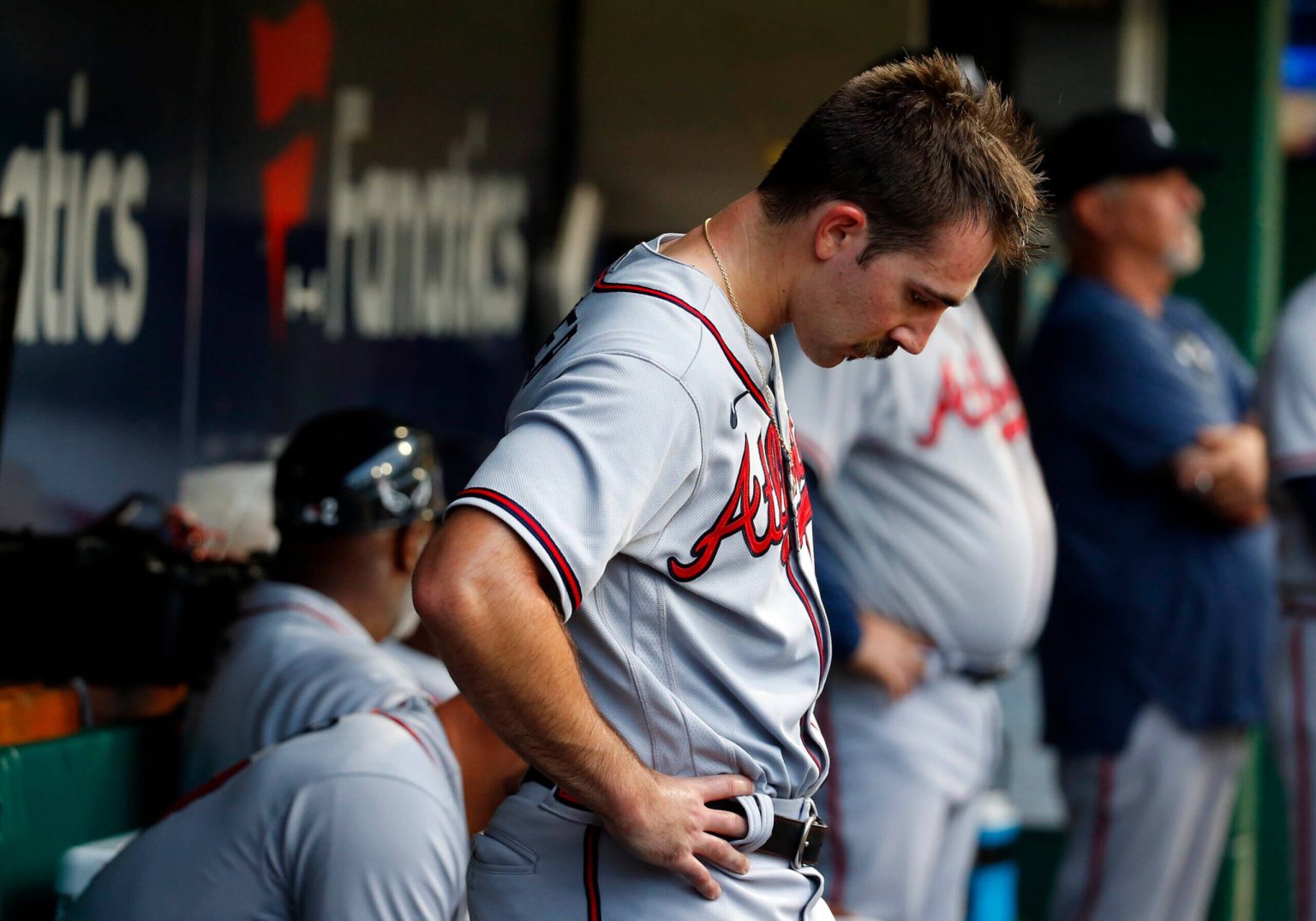In a recent development, Cleveland Guardians pitcher Shane Bieber, who was aided in his rise to success by former Cleveland player-development system member Matt Blake, will miss the current season due to Tommy John surgery. This news comes in the wake of several other young pitchers facing similar fates, highlighting a growing concern about the health of pitchers in the MLB. The increase in arm injuries has raised alarms within the league, with various theories being presented to explain the trend, including the introduction of the pitch clock, the pursuit of maximum velocity and spin, and year-round intensive training.
The debate surrounding the pitch clock between MLB and the MLBPA has brought attention to the issue of pitcher injuries, with both sides presenting opposing views on the impact of the clock on player health. Alongside the clock, other factors such as the industry’s focus on optimization, the push for maximum performance, and the training methods utilized have all been identified as potential contributors to the rising number of arm injuries. The complexity of the problem suggests that finding a solution may require extensive research and re-evaluation of current practices within the league.
The MLB is faced with an urgent need to address the issue of pitchers breaking down shortly after reaching the peak of their careers. With notable pitchers like Sandy Alcántara and Eury Pérez also facing surgery, there is a growing concern about the impact of these injuries on the game. To tackle this problem, MLB has initiated a study involving conversations with various stakeholders, including medical officials, to identify potential strategies for keeping pitchers healthy. However, finding a balance between maximizing performance and preserving players’ health remains a significant challenge for the league.
The shift in pitching strategies over the years, from overusing pitchers to demanding maximum effort from the outset, has not necessarily translated into improved player health. The pursuit of increased velocity and spin, coupled with the pressure to perform at the highest level year-round, has placed pitchers at greater risk of injury. Former players and coaches have raised concerns about the impact of these trends on pitcher longevity, highlighting the need for a more holistic approach to player development and injury prevention in the MLB.
Despite ongoing debates and discussions within the league, finding a concrete solution to the pitching injury crisis remains elusive. The collision of various factors, including the pursuit of velocity, spin, and optimization, along with the challenges posed by the pitch clock, creates a complex landscape for addressing the issue. As players continue to face injuries and teams grapple with the consequences, the need for a comprehensive strategy to protect pitchers’ arms and ensure their long-term health becomes increasingly apparent within the league.
In conclusion, the current wave of pitcher injuries in the MLB has sparked debates, discussions, and calls for action to address the underlying causes of these issues. From the impact of the pitch clock to the pursuit of maximum performance and the pressures faced by players, the complex nature of the problem requires a multi-faceted approach to finding solutions. As teams and the league work towards protecting their players and preserving the integrity of the game, the need for research, collaboration, and innovative strategies becomes more critical than ever to ensure the health and longevity of pitchers in the MLB.


